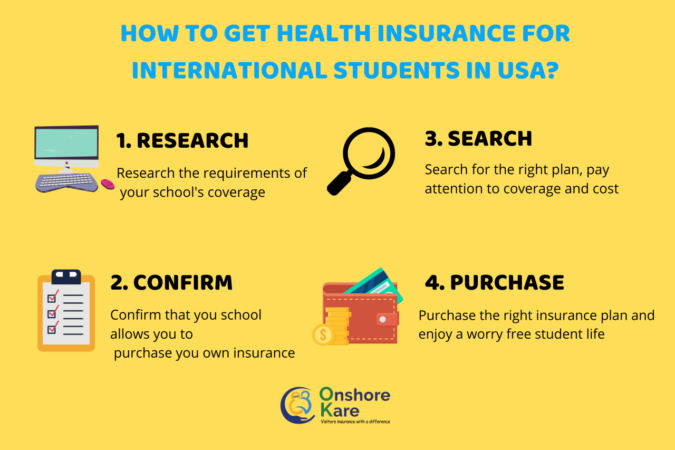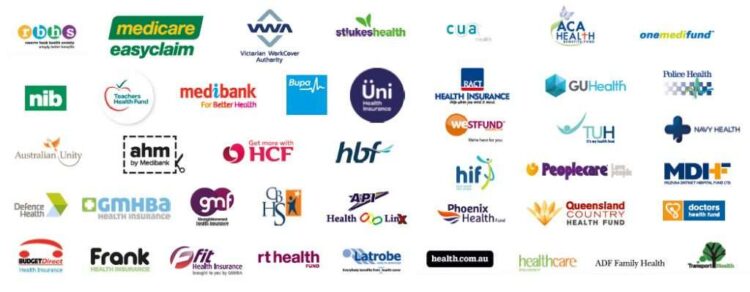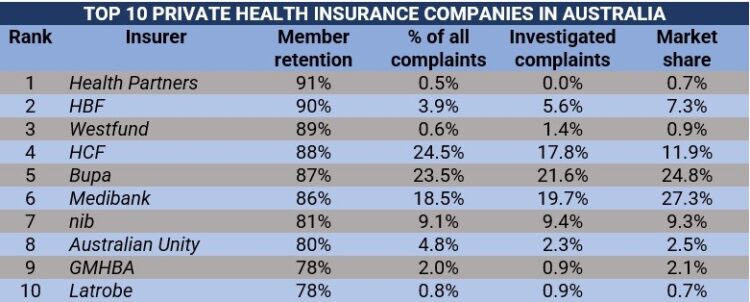
- Eligibility for Government-Funded Programs
- Employer-Sponsored Health Insurance
- Affordable Care Act (ACA) Marketplaces
- Health Insurance for Specific Groups
- Free or Low-Cost Community Health Centers
- Free or Discounted Health Services: How Can I Get Free Health Insurance
- Understanding Health Insurance Terminology
- Resources for Finding Free Health Insurance
- Final Review
- Clarifying Questions
How can I get free health insurance? It’s a question many people ask, and finding the answer can feel like navigating a complex maze. But don’t worry, you’re not alone. This guide will provide you with a comprehensive overview of the options available, from government programs to employer-sponsored plans, community health centers, and more. We’ll break down the eligibility requirements, explain the different types of coverage, and offer valuable resources to help you find the best solution for your individual needs.
The world of health insurance can be overwhelming, with terms like deductibles, co-pays, and HMOs often feeling like a foreign language. This guide will simplify the process by defining key terms and explaining the nuances of each program, making it easier for you to understand your options and make informed decisions.
Eligibility for Government-Funded Programs
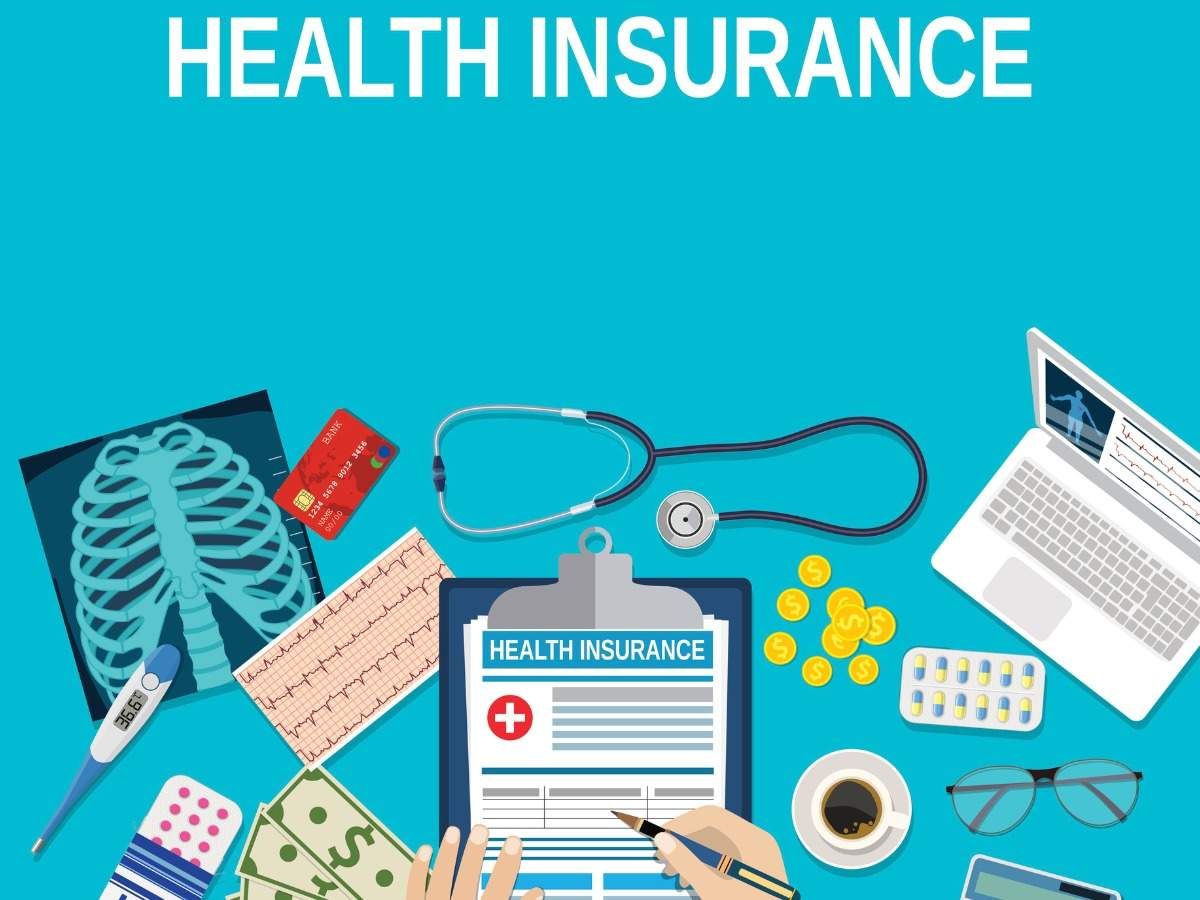
Government-funded health insurance programs, like Medicaid and Medicare, offer crucial financial assistance to individuals and families who struggle to afford health insurance. These programs have eligibility requirements based on income, assets, and other factors.
Medicaid Eligibility
Medicaid eligibility is determined by income, household size, and other factors, including citizenship status, age, and disability.
- Income Limits: Medicaid income limits vary by state and are generally based on the Federal Poverty Level (FPL). For instance, in 2023, a single individual with an income below 138% of the FPL (approximately $19,530) would qualify for Medicaid in most states.
- Asset Limits: Most states do not have asset limits for Medicaid eligibility. However, some states may have limits on certain assets, such as cash or savings.
- Examples of Individuals Who Qualify: Individuals who qualify for Medicaid include low-income families, pregnant women, children, seniors, and people with disabilities.
Medicare Eligibility
Medicare is a federal health insurance program for individuals aged 65 and older, as well as younger individuals with certain disabilities.
- Age: Individuals aged 65 and older are automatically eligible for Medicare Part A (hospital insurance).
- Disability: Individuals with certain disabilities, regardless of age, can also qualify for Medicare.
- End-Stage Renal Disease (ESRD): Individuals with ESRD can qualify for Medicare regardless of age.
- Examples of Individuals Who Qualify: Individuals who qualify for Medicare include retirees, individuals with disabilities, and people with ESRD.
Employer-Sponsored Health Insurance
Many employers offer health insurance as a benefit to their employees. Employer-sponsored health insurance plans can be a valuable resource for employees, providing access to affordable and comprehensive coverage. These plans come in different varieties, each with its own set of benefits and drawbacks. Understanding the different types of plans available can help you make an informed decision about the best option for your needs.
Types of Employer-Sponsored Health Insurance Plans
Employer-sponsored health insurance plans can be broadly categorized into four main types:
- Health Maintenance Organizations (HMOs): HMOs provide healthcare services through a network of doctors and hospitals. Members typically pay a fixed monthly premium and a small co-pay for each visit. HMOs often emphasize preventive care and encourage members to use in-network providers for the best coverage and cost savings.
- Preferred Provider Organizations (PPOs): PPOs offer more flexibility than HMOs, allowing members to see out-of-network providers, though at a higher cost. PPOs typically have higher monthly premiums than HMOs, but they may offer more coverage options.
- Point-of-Service (POS) Plans: POS plans combine elements of HMOs and PPOs. Members typically have a primary care physician within the network, but they can also see out-of-network providers for an additional cost.
- Exclusive Provider Organizations (EPOs): EPOs are similar to HMOs, but they offer limited out-of-network coverage. Members are typically required to use in-network providers for most services. EPOs often have lower monthly premiums than PPOs, but they offer less flexibility.
Benefits and Drawbacks of Employer-Sponsored Health Insurance Plans
Each type of employer-sponsored health insurance plan offers unique benefits and drawbacks:
HMOs
- Benefits: Typically lower monthly premiums than other plans, emphasis on preventive care, and a focus on managing costs through network utilization.
- Drawbacks: Limited choice of providers, referrals often required to see specialists, and potential restrictions on out-of-network care.
PPOs
- Benefits: More flexibility in choosing providers, including out-of-network options, and wider coverage options.
- Drawbacks: Higher monthly premiums than HMOs, potential for higher out-of-pocket costs, and less emphasis on preventive care.
POS Plans
- Benefits: Combines elements of HMOs and PPOs, offering flexibility while maintaining cost-effectiveness.
- Drawbacks: Can be more complex to understand, may have higher out-of-pocket costs for out-of-network care, and requires careful consideration of network coverage.
EPOs
- Benefits: Typically lower monthly premiums than PPOs, emphasis on cost control through network utilization, and a focus on managing healthcare expenses.
- Drawbacks: Limited out-of-network coverage, potentially restricted choice of providers, and may not be suitable for individuals with complex healthcare needs.
Cost and Coverage Comparison
The following table provides a simplified comparison of the cost and coverage of different employer-sponsored health insurance plans:
| Plan Type | Monthly Premium | Coverage Options | Out-of-Pocket Costs |
|---|---|---|---|
| HMO | Low | Limited | Low |
| PPO | High | Extensive | High |
| POS | Moderate | Moderate | Moderate |
| EPO | Low | Limited | Low |
It is important to note that these are general comparisons and specific costs and coverage can vary depending on the individual plan and provider.
Affordable Care Act (ACA) Marketplaces

The Affordable Care Act (ACA) marketplaces, also known as health insurance exchanges, are online platforms designed to help individuals and families find and compare health insurance plans. These marketplaces offer a wide range of plans from different insurance companies, allowing consumers to choose the best option based on their needs and budget.
Navigating the Marketplace Website
To find health insurance plans on the ACA marketplace, you need to visit the official website, Healthcare.gov. The website is user-friendly and provides a step-by-step process to help you find the right plan. You can search for plans based on your location, income, and desired coverage. The website will then display a list of plans that meet your criteria, along with their costs and benefits.
Applying for Subsidies and Financial Assistance
The ACA provides financial assistance, known as subsidies, to help individuals and families afford health insurance. These subsidies are available to those who meet certain income requirements. To apply for subsidies, you need to provide your income information and other personal details on the marketplace website. The website will automatically calculate your eligibility for subsidies and apply them to your chosen plan.
The amount of financial assistance you receive will depend on your income and family size.
The marketplace website also offers assistance with enrollment and provides resources to help you understand your options. If you have questions or need help navigating the website, you can contact the marketplace’s customer service representatives for assistance.
Health Insurance for Specific Groups
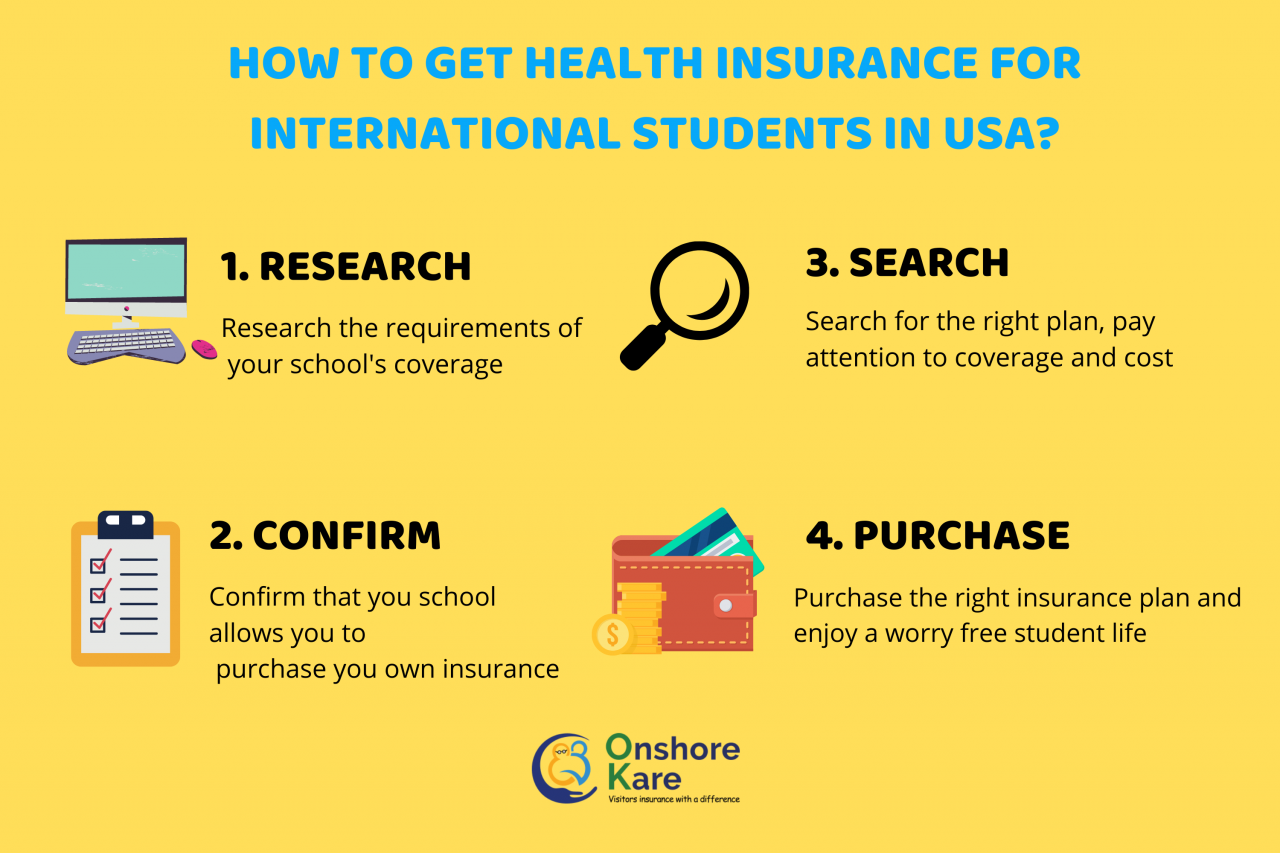
Some groups have unique health insurance options tailored to their specific needs. These programs often offer lower costs and more comprehensive coverage compared to traditional plans.
Veterans
The Department of Veterans Affairs (VA) offers health insurance for veterans who served in the United States Armed Forces. These programs provide a wide range of medical services, including primary care, mental health, and specialty care.
The VA offers two main health insurance programs:
- VA Health Care: This program provides free or low-cost health care to eligible veterans. Eligibility is based on service-connected disabilities, income, and other factors.
- CHAMPVA: This program provides health insurance to spouses and dependent children of veterans with a total disability or who died from service-connected disabilities.
Students
Students have several options for obtaining health insurance:
- Student Health Insurance Plans: Many colleges and universities offer health insurance plans specifically designed for their students. These plans typically provide comprehensive coverage at a lower cost than individual plans.
- ACA Marketplace Plans: Students can also purchase health insurance through the Affordable Care Act (ACA) Marketplace. This option allows students to choose a plan that best meets their needs and budget.
- Parent’s Health Insurance: Students under the age of 26 may be eligible to remain on their parents’ health insurance plans under the ACA.
Seniors
Seniors have several options for obtaining health insurance, including:
- Medicare: This government-funded program provides health insurance for individuals aged 65 and older. Medicare offers four parts:
- Part A: Hospital insurance
- Part B: Medical insurance
- Part C: Medicare Advantage plans (private insurance plans that offer Medicare benefits)
- Part D: Prescription drug coverage
- Medicaid: This government-funded program provides health insurance for low-income individuals, including seniors. Eligibility is based on income and other factors.
- Private Health Insurance: Seniors can also purchase private health insurance plans. These plans can provide additional coverage beyond Medicare or Medicaid.
Free or Low-Cost Community Health Centers
Community health centers (CHCs) are a vital resource for individuals and families seeking affordable and accessible healthcare. These centers are non-profit organizations that provide comprehensive medical, dental, and mental health services to underserved communities across the country. CHCs are funded by a combination of federal, state, and local grants, as well as private donations.
Services Offered by Community Health Centers
Community health centers provide a wide range of healthcare services, including:
- Preventive care, such as vaccinations, screenings, and health education
- Primary care services, including diagnosis and treatment of common illnesses
- Dental care, including cleanings, fillings, and extractions
- Mental health services, such as counseling and medication management
- Substance abuse treatment
- Women’s health services, including prenatal care and family planning
- Prescription drug assistance programs
Free or Discounted Health Services: How Can I Get Free Health Insurance
Even if you don’t qualify for government-funded programs or have employer-sponsored insurance, there are still options for getting free or discounted healthcare. Many hospitals and clinics offer financial assistance programs and sliding-scale fees based on your income. Additionally, charitable organizations play a crucial role in providing healthcare to the uninsured.
Financial Assistance Programs at Hospitals and Clinics
Hospitals and clinics often have financial assistance programs to help patients who can’t afford their medical bills. These programs may cover a portion or all of the costs, depending on your income and other factors.
- Eligibility Requirements: Each program has specific eligibility requirements, such as income level, family size, and residency status.
- Application Process: You typically need to fill out an application and provide documentation of your income and expenses.
- Examples: Many major hospital systems, such as the Cleveland Clinic and the Mayo Clinic, have financial assistance programs. You can find more information on their websites or by contacting their patient financial services departments.
Sliding-Scale Fees
Some clinics and healthcare providers offer sliding-scale fees, which means the cost of services is based on your ability to pay. This is a common practice for community health centers and non-profit organizations.
- How it Works: You will typically be asked about your income and family size to determine your fee.
- Benefits: Sliding-scale fees make healthcare more accessible to low-income individuals and families.
Charitable Organizations
Charitable organizations play a vital role in providing healthcare to the uninsured. They offer a range of services, including free or discounted medical care, prescription assistance, and health education programs.
- Examples: Some well-known charitable organizations that provide healthcare services include the American Red Cross, the Salvation Army, and the United Way.
- Types of Services: These organizations may offer free or discounted medical care, prescription assistance, health education programs, and other support services.
Free or Discounted Prescription Programs
Many organizations and programs offer free or discounted prescription drugs to low-income individuals and families. These programs may be available through government agencies, charitable organizations, or pharmaceutical companies.
- Examples: The Patient Assistance Programs (PAPs) offered by pharmaceutical companies provide free or discounted medications to eligible patients. Additionally, some state and local governments have programs that offer prescription assistance.
- Eligibility Requirements: Eligibility for these programs varies depending on the organization or program. You will typically need to provide documentation of your income and other factors.
Understanding Health Insurance Terminology
Navigating the world of health insurance can be confusing, especially when you encounter unfamiliar terms. Understanding these terms is crucial for making informed decisions about your health coverage. This section will define some common health insurance terms and explain the differences between various types of health plans.
Common Health Insurance Terms
Knowing these terms will help you understand your health insurance policy and how it works.
- Deductible: The amount you pay out-of-pocket for covered healthcare services before your insurance plan starts paying. For example, if your deductible is $1,000, you would need to pay the first $1,000 of your medical expenses before your insurance kicks in.
- Co-pay: A fixed amount you pay for a specific medical service, such as a doctor’s visit or prescription. Co-pays are usually a lower amount than deductibles and are paid at the time of service.
- Co-insurance: A percentage of the cost of covered medical services that you pay after you’ve met your deductible. For example, if your co-insurance is 20%, you would pay 20% of the cost of a hospital stay after you’ve met your deductible.
- Premium: The monthly payment you make to your insurance company for your health coverage. Premiums can vary depending on your plan, age, location, and other factors.
- Out-of-pocket maximum: The maximum amount you will have to pay for covered healthcare services in a year. Once you reach your out-of-pocket maximum, your insurance company will cover 100% of your medical expenses for the rest of the year.
Types of Health Plans
Different health plans offer varying levels of coverage and flexibility. Understanding the differences between these plans can help you choose the one that best suits your needs and budget.
- Health Maintenance Organization (HMO): HMOs typically have lower premiums but require you to choose a primary care physician (PCP) within their network. You need a referral from your PCP to see specialists or other healthcare providers. HMOs often have lower out-of-pocket costs, but you may have limited choices for healthcare providers.
- Preferred Provider Organization (PPO): PPOs generally have higher premiums than HMOs, but offer more flexibility in choosing healthcare providers. You can see specialists without a referral, and you can access providers outside the network, although you will pay higher out-of-pocket costs. PPOs may have higher out-of-pocket costs compared to HMOs.
- Point-of-Service (POS): POS plans combine features of both HMOs and PPOs. You choose a PCP within the network, but you can also see specialists outside the network, although you’ll pay higher out-of-pocket costs. POS plans offer a balance between cost and flexibility.
Glossary of Health Insurance Terms
Here is a glossary of common health insurance terms to help you understand your policy and make informed decisions about your coverage.
| Term | Definition |
|---|---|
| Benefit | A service or coverage that is included in your health insurance plan. |
| Co-pay | A fixed amount you pay for a specific medical service, such as a doctor’s visit or prescription. |
| Co-insurance | A percentage of the cost of covered medical services that you pay after you’ve met your deductible. |
| Deductible | The amount you pay out-of-pocket for covered healthcare services before your insurance plan starts paying. |
| Formulary | A list of prescription drugs that your insurance plan covers. |
| Out-of-pocket maximum | The maximum amount you will have to pay for covered healthcare services in a year. |
| Premium | The monthly payment you make to your insurance company for your health coverage. |
| Provider network | A group of healthcare providers, such as doctors, hospitals, and pharmacies, that your insurance plan contracts with. |
Resources for Finding Free Health Insurance
Navigating the world of health insurance can be challenging, especially when searching for free or low-cost options. Fortunately, various resources exist to assist individuals in finding the right coverage. These resources provide valuable information, guidance, and support to help you access affordable healthcare.
Websites and Organizations, How can i get free health insurance
Many websites and organizations are dedicated to helping individuals find free or low-cost health insurance. These resources offer comprehensive information about eligibility requirements, enrollment processes, and available programs.
- Healthcare.gov: The official website for the Affordable Care Act (ACA), providing information about health insurance plans, subsidies, and enrollment options.
- HealthCare.gov Navigator Locator: A tool to find local health insurance navigators who can provide personalized assistance with the enrollment process.
- National Association of Free Clinics (NAFC): An organization that connects individuals with free or low-cost clinics across the country.
- The National Health Law Program (NHeLP): A non-profit organization that provides legal assistance and information about health insurance and healthcare rights.
- United States Department of Health and Human Services (HHS): The federal agency responsible for overseeing health insurance programs, including Medicaid and the Children’s Health Insurance Program (CHIP).
Contacting Local Health Insurance Navigators
Local health insurance navigators play a crucial role in guiding individuals through the enrollment process. They can provide personalized assistance, answer questions, and help determine eligibility for various programs.
- HealthCare.gov Navigator Locator: Use this tool to find local health insurance navigators in your area.
- State-based marketplaces: Many states have their own marketplaces where you can find local navigators.
- Community health centers: These centers often have staff who can assist with health insurance enrollment.
Researching and Comparing Health Insurance Options
Once you have identified potential resources and navigators, it’s essential to research and compare different health insurance options.
- Understand your needs: Consider your medical history, current health status, and any specific healthcare needs.
- Compare coverage: Review the benefits, deductibles, copayments, and out-of-pocket costs of different plans.
- Consider your budget: Evaluate the monthly premiums and potential out-of-pocket expenses.
- Read reviews: Look for online reviews and ratings of insurance companies to get insights into their customer service and claim processing.
- Seek professional advice: Consult with a financial advisor or insurance broker for personalized guidance and recommendations.
Final Review
Securing affordable healthcare is essential, and understanding the different options available is the first step towards achieving that goal. By exploring the programs and resources Artikeld in this guide, you can gain a clearer picture of your eligibility and find a path towards access to quality healthcare. Remember, there are numerous resources available to assist you, and with a little research and effort, you can find the solution that best fits your circumstances.
Clarifying Questions
What is the difference between Medicaid and Medicare?
Medicaid is a government-funded program that provides health insurance to low-income individuals and families, while Medicare is a federal program that provides health insurance to people aged 65 and older, as well as individuals with certain disabilities.
Can I get free health insurance through my employer?
Many employers offer health insurance plans as part of their benefits package. However, the cost of these plans can vary depending on the employer and the type of coverage offered. Some employers may offer fully subsidized plans, while others may require employees to contribute a portion of the cost.
What are some resources for finding free or low-cost health insurance?
There are several resources available to help individuals find free or low-cost health insurance, including the Affordable Care Act (ACA) marketplaces, state and local health insurance navigators, and community health centers. You can also search online for organizations that specialize in providing health insurance assistance.
